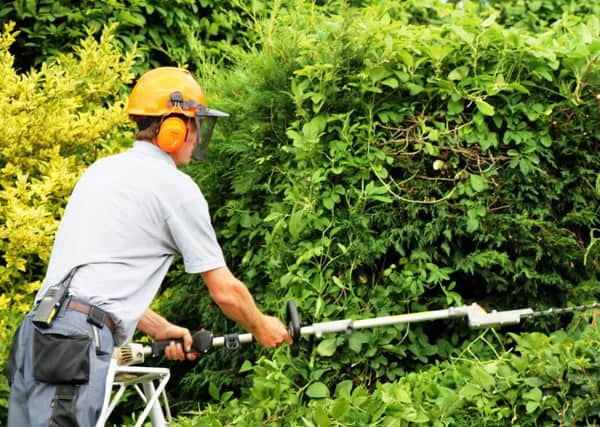Garden’s sleep dreams


It’s a chastening thought that even before we get accustomed to the joys of summer, they are snatched from us; you don’t know what you’ve got till it’s gone, as the song goes.
But just because the garden is dreaming of a long, deserved sleep, it doesn’t mean the gardener can do the same. August is still a busy month, and there will be little time to stand and stare.
Advertisement
Hide AdAdvertisement
Hide AdNo matter how often it rains, container plants will need regular watering and feeding to help them go out with a flourish of late colour, and greenhouse-grown tomatoes also require plenty of moisture and food if they are to continue to crop.
Hedges which have been allowed to have their way for the past few months will need pruning – some severely if they are not to run riot. Nowadays, many gardeners rely on electric trimmers to do the deed, but the traditionalists among us still believe that hand-held and hand-operated shears do the job the best. Take your pick.
And take your pick, literally, of the first apples and pears; this really is a sign that summer is dying and autumn is knocking on the door. But don’t despair, carry on pruning rambling roses when they’ve finished flowering; take cuttings from a host of tender perennials such as pelargoniums; summer prune gooseberries; remove strawberry plants which have seen better days and replace them with fresh stock; lift and dry onions.
One good thing about this time of year is that the lawn, too, will be slowing down, which means a slightly relaxed mowing regime, particularly if the sun shines and the rain stays away.
Advertisement
Hide AdAdvertisement
Hide AdLooking ahead, get out and buy the best and healthiest spring-flowering bulbs you can find. Some people actually start to plant certain bulbs –such as daffodils – the first week in September; most, however, usually leave it till a little later. Again, take your pick.
And finally, if you have energy left, lift and divide any valued perennials which have been allowed to spread beyond their allotted ground. Dump the damaged, diseased and weak; keep the healthy and replant them. To me, this is the most rewarding job – getting things nice and tidy, and getting something for nothing.